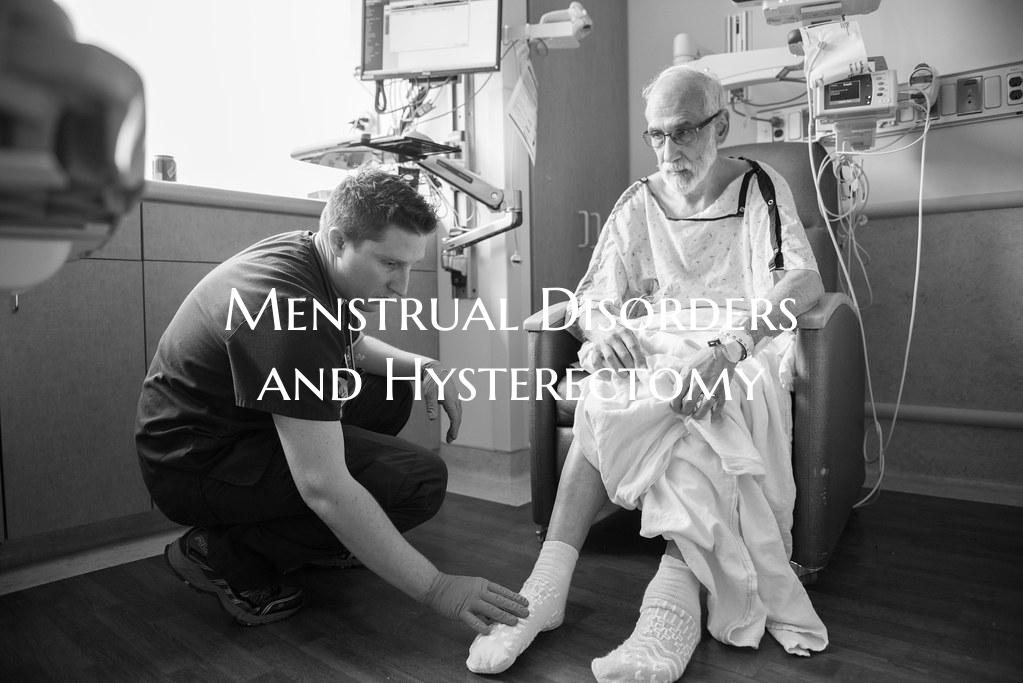
Menstrual Disorders and Hysterectomy
Introduction: Menstrual disorders are common among women of reproductive age and can significantly impact their quality of life. In some cases, when traditional treatments are not effective, a hysterectomy may be considered as a treatment option. It is essential to understand the various menstrual disorders and the role of hysterectomy in managing these conditions.
Types of Menstrual Disorders: 1. Dysmenorrhea: This is characterized by painful menstrual cramps that can be debilitating for some women. 2. Menorrhagia: Excessive menstrual bleeding that can lead to anemia and fatigue. 3. Amenorrhea: Absence of menstrual periods, which can be primary (failure to menstruate by age 16) or secondary (cessation of periods in women who have previously menstruated). 4. Premenstrual Syndrome (PMS) and Premenstrual Dysphoric Disorder (PMDD): These conditions involve emotional and physical symptoms that occur before menstruation.
Role of Hysterectomy: A hysterectomy is a surgical procedure that involves the removal of the uterus. It can be performed for various reasons, including the management of certain menstrual disorders: 1. Uterine Fibroids: Large fibroids can cause heavy menstrual bleeding and pain, and a hysterectomy may be recommended if other treatments fail. 2. Endometriosis: Severe cases of endometriosis that do not respond to other therapies may require a hysterectomy. 3. Adenomyosis: This condition, where the endometrial tissue grows into the uterine wall, can cause heavy bleeding and pain, and a hysterectomy may be considered.
Considerations Before Hysterectomy: Before opting for a hysterectomy to manage menstrual disorders, it is crucial to consider the following: 1. Discuss the risks and benefits of the procedure with your healthcare provider. 2. Explore alternative treatment options, such as medication, hormonal therapy, or minimally invasive procedures. 3. Understand the potential impact of hysterectomy on fertility and hormonal balance.
Conclusion: Menstrual disorders can significantly impact a woman's life, and when traditional treatments are not effective, a hysterectomy may be considered for symptom relief. It is essential to have a thorough understanding of the various menstrual disorders, treatment options, and the role of hysterectomy before making a decision. Consulting with a healthcare provider can help in determining the most appropriate management approach for individual cases.